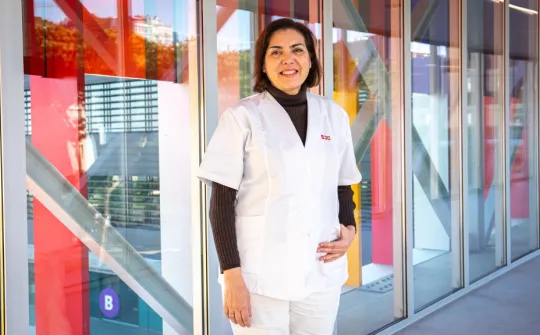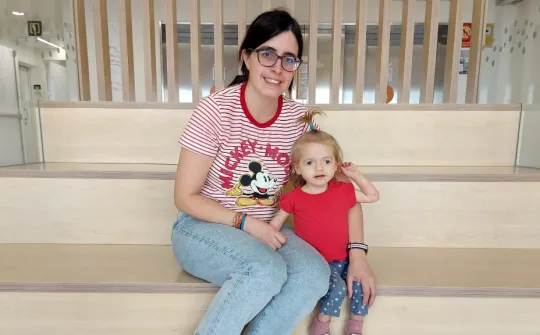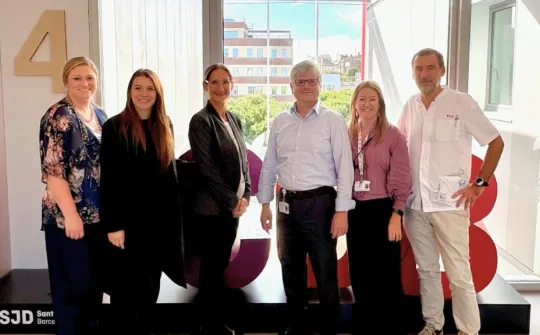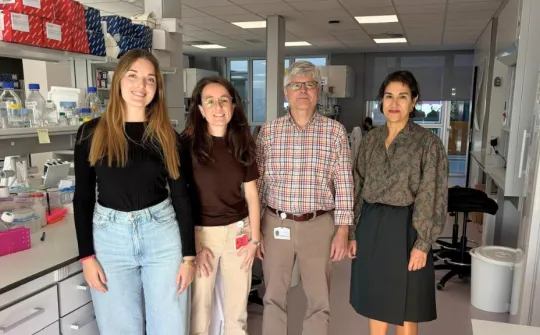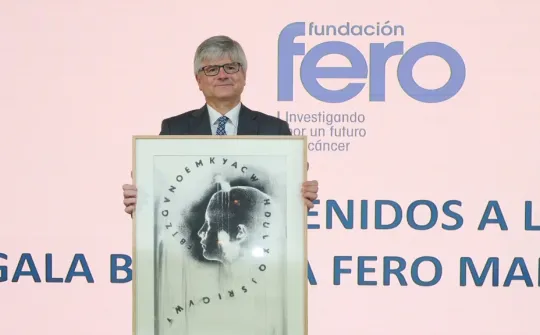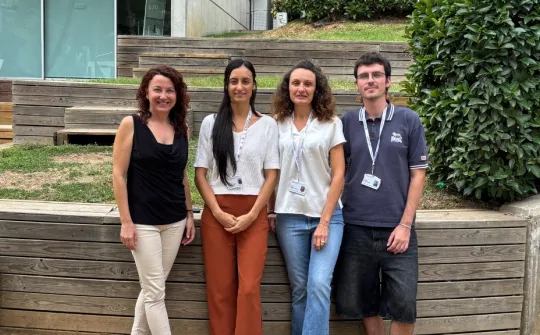SJD Barcelona Children's Hospital promotes the first hackathon in Spain to diagnose cases of patients with rare diseases
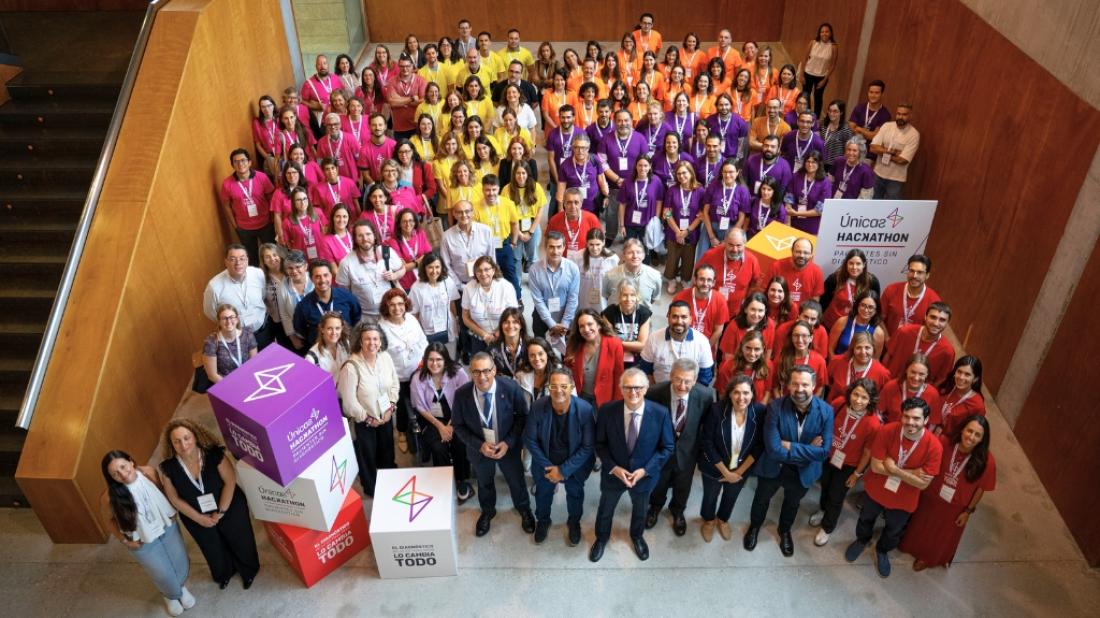
Thanks to the collaboration of more than one hundred professionals from different fields, they have managed to diagnose five of the twelve patients with rare diseases who had been waiting for a diagnosis for years.
More than 100 experts from all over Europe and Latin American travelled to Murcia on 6 and 7 October to conduct a joint analysis of a dozen cases of undiagnosed patients—some searching for a diagnosis for more than 10 years—in an attempt to pinpoint the disease they have. After two days of working together, the professionals presented five diagnosed cases from the 12 patients who participated in this study. In addition, one of these results also served to diagnose one of the siblings who was not part of the initial cases.
They did so as part of a Hackathon: an intensive, collaborative effort wherein experts from several fields come together to solve one or more challenges.
Other objectives include: demonstrating the usefulness of new diagnostic techniques for complex patients, establishing new collaboration networks and pathways, as well as raising awareness of the complexity involved in reaching a diagnosis.
This first edition of the Hackathon focuses on finding diagnoses for children in Latin America, Spain and Portugal who are living with rare diseases. It was organised and promoted by the SJD Barcelona Children's Hospital and the Virgin of Arrixaca University Clinical Hospital in Murcia—two leading Únicas Network members specialising in the care of rare pediatric diseases—with the backing of the Spanish Federation for Rare Diseases (FEDER), inspired by the Wilhelm Foundation. In addition, it has seen the support of the University of Murcia, the Pascual Parrilla Murcian Institute of Biosanitary Research (IMIB), the Foundation for Healthcare Training and Research in the Region of Murcia and the IMPaCT GENóMICA-CIBERER (ISCIII) program.
Medical professionals from vastly different fields, including medical geneticists, laboratory specialists, clinical consultants (neuropediatricians, pediatric cardiologists, dermatologists), genetic counsellors, bioinformaticians and analysts specialising in several cutting-edge techniques, will spend two days working hand-in-hand to come up with innovative solutions to help find a diagnosis for the rare diseases in question as quickly as possible. ‘Over these two days, contributors will have the chance to work closely with detailed clinical data from patients obtained through advanced phenotyping and coding, as well as with the most recent genomic, transcriptomic and methylation data available, to help examine each case and find answers,’ affirms Encarna Guillén, Head of the Genetics Department at the SJD Barcelona Children's Hospital and Strategic Director of the Únicas SJD project.
Guillén adds: ‘In addition to finding a diagnosis for as many of the participating patients as possible, the aim of this event is to foster a collaborative network of experts in advanced techniques and to promote an innovative working model that will help us to find solutions for undiagnosed diseases.’
The importance of diagnosis
It is estimated that around 50% of children with a rare disease in Spain—the majority of genetic origin—do not have a precise diagnosis. ‘Diagnosis is not everything, but it does change everything,’ explains Encarna Guillén, ‘because without a diagnosis, we do not know how a disease will progress, nor how to precisely treat it to improve survival rates and quality of life for our patients. Without a diagnosis, we also cannot know whether the disease is inherited, and we cannot use genetic counselling to prevent other cases occurring in the family.’
Professionals participating in this event will continue to work together for three months on any cases that are still not diagnosed.
At present, children with rare diseases wait an average of more than six years before they are diagnosed. The International Rare Diseases Research Consortium—a global collaboration project by the European Commission and the United States National Institutes of Health—and the Spanish Federation for Rare Diseases (FEDER) consider this timeframe to be unacceptable, and call for more work to be done to ensure no patient waits more than one year for a diagnosis.
As a result, the SJD Barcelona Children's Hospital and FEDER launched the Únicas project in 2023 – a Spanish network of 30 hospitals, led by the Ministry of Health and financed by Next Generation funds within the framework of the PERTE for Vanguard Health. Its aim is to offer a coordinated response to patients with rare diseases at every step of the healthcare process.
One of the main goals of Únicas is to faster diagnosis. Various different initiatives have been launched with this goal in mind. One of these initiatives is a program for undiagnosed patients that aims to increase the number of children with rare diseases that can opt in for advanced genetic studies because, despite having undergone all routine diagnostic tests in healthcare protocols, they still have no formal diagnosis for their disease. These advanced studies are conducted within the framework of IMPaCT GENóMICA, a program promoted by the Carlos III Health Institute and coordinated by CIBERER – the first of its kind in Spain—that establishes a baseline and healthcare pathways for coordinated, equitable management of high-complexity genomic diagnostics.
Hackathon for undiagnosed complex cases
Another of the promoted activities to speed up diagnosis is the Hackathon for undiagnosed rare diseases that took place recently in Murcia. Staff from Únicas Network hospitals that treat patients with rare diseases—including the Virgen of Arrixaca University Clinical Hospital, the Badajoz Maternal and Child Hospital, the SJD Barcelona Children's Hospital and the Vall d’Hebron University Hospital—presented some of their more complex undiagnosed cases at the Hackathon.
The majority of cases worked on at the Hackathon involved congenital abnormalities and neurodevelopmental disorders. For example, César, a 16-year-old boy from Murcia who has been waiting for a diagnosis since he was three years old; or Sofía, 19 years old, who has been waiting since she was 14 months old. There’s also Anna, seven years old, or Lia, two and a half years old, both from Barcelona; or Clara, an eight-year-old girl from Badajoz.
Hundreds of medical professionals—including medical geneticists, laboratory specialists, pediatricians, analysts, bioinformaticians, genetic counsellors and patient managers, among many others—spent two days in the Víctor Villegas Auditorium in Murcia to analyse each case in groups, to discuss the results of the different tests that have been performed and to try to reach a diagnosis.
After the event, each case's progress will be followed-up on, and professionals will continue to work together in their group network using this innovative working model in the hopes of helping many more patients.
César, the first patient diagnosed
For years, the Virgen de la Arrixaca Hospital in Murcia has been following the case of César, a 16-year-old patient with a rare and undiagnosed disease. The professionals have been performing genetic tests for years, but had not obtained a diagnosis. At this Únicas Hackathon, they finally found the answers. María Ballesta, head of the medical genetics section at Virgen de la Arrixaca, explains that participating in this hackathon and working in a community with different disciplines is what allowed them to find answers to this case. ‘We reviewed the genomic data we had and found some genetic variants that seemed to be candidates. Comparing them with publications on other patients, we saw a case from 2025 with a clinical picture similar to César's. That's how we were able to diagnose him,’ explains Ballesta.
Following the diagnosis, the professionals involved in the case communicated the news to the family. Reina Flores, César's mother, attended the conference to meet the professionals who had worked on her son's case and thanked them for their work. ‘We were eager to have answers. The whole family was waiting for this diagnosis to see what could be done to slow the progression of the disease,’ says Reina.
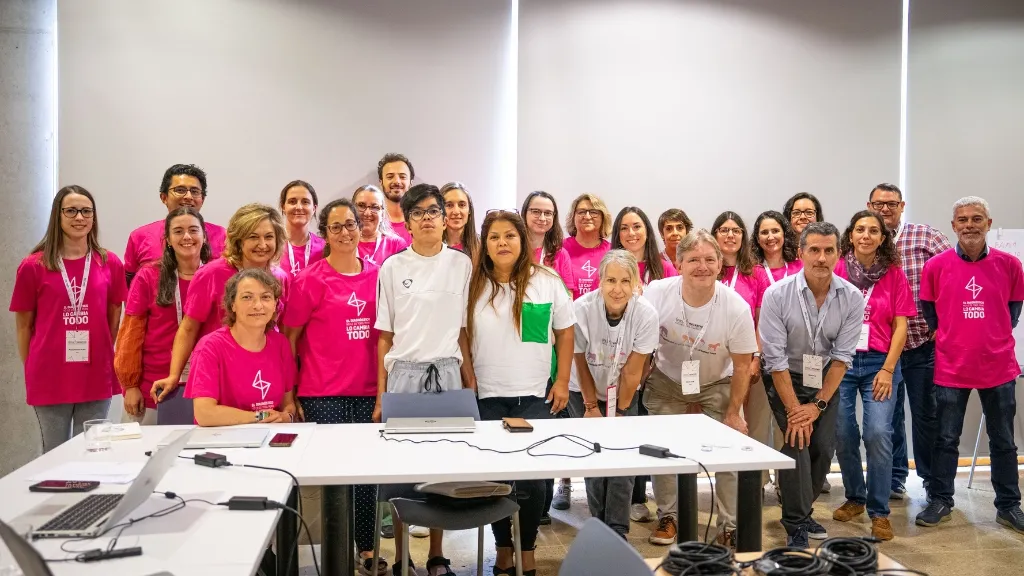
The event was organised in Murcia, taking advantage of two days when the city welcomed two different genetics conferences, the XXIX National Human Genetics Conference by the Spanish Association of Human Genetics , and the II Ibero-American Congress of Medical Genetics and Genomic Medicine, bringing together experts from all over Spain and Latin America.
The Hackathon was only possible thanks to the contributions from: IMPaCT-GENóMICA-CIBERER (ISCIII), the Rare Diseases Research Institute (IIER), the Ministry of Science, Innovation and Universities, the Centre for Genomic Regulation (CRG), the National Centre for Genomic Analysis (CNAG), the biopharmaceutical company UCB, Microsoft, Omics Discoveries, the Federation of Agricultural Cooperatives of the Region of Murcia, BioMarin Pharmaceutical, Health in Code, Reference Laboratory, Illumina, the Government of Murcia, Foundation 29 and the Illustrious Official College of Physiotherapists of the Region of Murcia.
